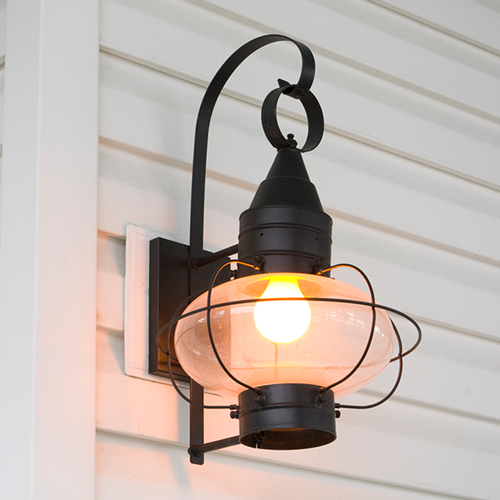Why Homeowners Call Rhema
Common Questions About Outdoor Lighting Installation
Rhema Electric installs a variety of outdoor lighting styles to meet both functional and aesthetic needs. We handle everything from simple replacements to custom layouts. Common types include:
- Wall Lights: Mounted near doors, patios, and garages for ambient or task lighting
- Post Lights: Installed along driveways, walkways, or garden beds for visibility and charm
- Ceiling Fixtures: Ideal for covered patios and porches, providing overhead light
- Hanging Lights/Chandeliers: Stylish additions for gazebos and outdoor living areas
- Landscape Lighting: Includes spotlights, path lights, and in-ground fixtures to highlight landscaping
- Outdoor Ceiling Fans with Lights: Provide airflow and illumination for porches or patios
- Smart & Energy-Efficient Options: LED upgrades, motion sensors, solar-powered lights, and dusk-to-dawn fixtures
Our electricians help you choose fixtures that fit your goals, budget, and home’s layout.
A simple rule of thumb for front entry lighting is to choose fixtures that are one-quarter to one-third the height of the door and mount them around six feet from the ground. For pathway lighting, fixtures are typically spaced 6–8 feet apart to avoid uneven patches. When planning landscape lighting, we recommend using multiple fixtures to create layered light and reduce dark spots. Our electricians will assess your home’s layout and recommend a setup that looks great and performs well.
Lumen output depends on the type of light and where it’s installed:
- Path lights: 100–200 lumens
- Step lights: 12–100 lumens
- Flood lights: 700–1,300 lumens
- Motion sensor lights: 300–700 lumens
- Accent and hardscape lighting: 50–300 lumens
Security lighting typically calls for brighter fixtures, while ambient lighting for patios or gardens can be softer and more decorative.
Yes. Mounting lights on trees is a great way to add atmosphere and enhance safety. Downlighting, also called “moonlighting,” is installed high in the tree and angled downward to mimic natural light. Uplighting highlights the trunk and branches from below. We use growth-friendly mounting methods and can adjust fixtures over time to protect the health of the tree and preserve the lighting effect.
Low-voltage lighting (12V) is the most popular choice for residential outdoor lighting. It’s safer, easier to install, and doesn’t require deep trenching or conduit. It’s also more adaptable for future changes and offers a wide range of fixtures for path lighting, accent lighting, and garden illumination.
Line-voltage lighting (120V) is typically used in commercial or large-scale applications, but it may be suitable for residential use in specific situations, such as:
- Lighting large driveways or multi-car parking areas
- Floodlighting for full-yard coverage or high-security zones
- Illuminating sports courts or home tennis courts
- Highlighting tall trees, architectural features, or multi-story homes
Line-voltage systems require conduit, deeper cable burial, and professional installation. We typically install low-voltage systems for most homeowners, unless higher power and broader coverage are required.

